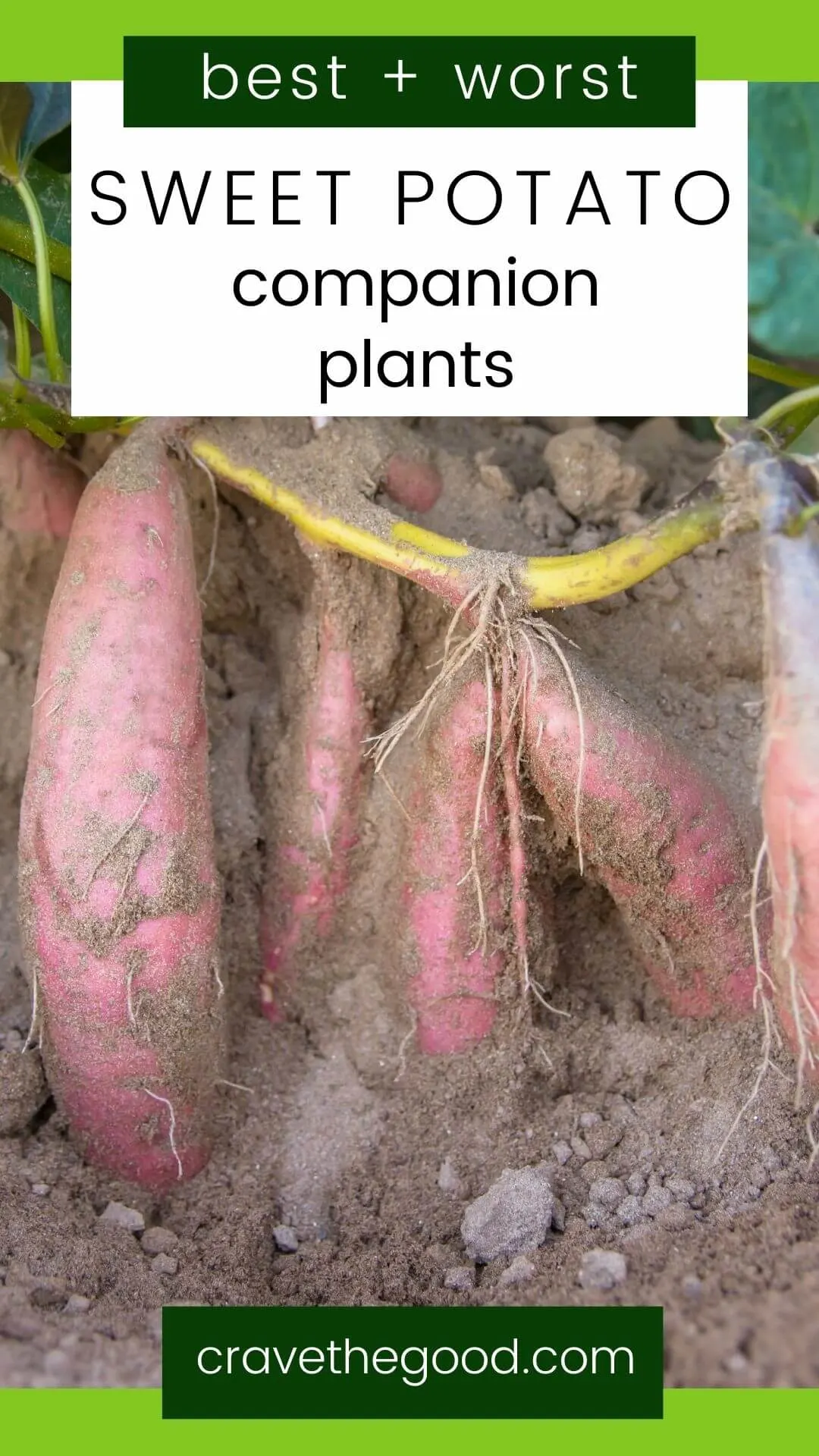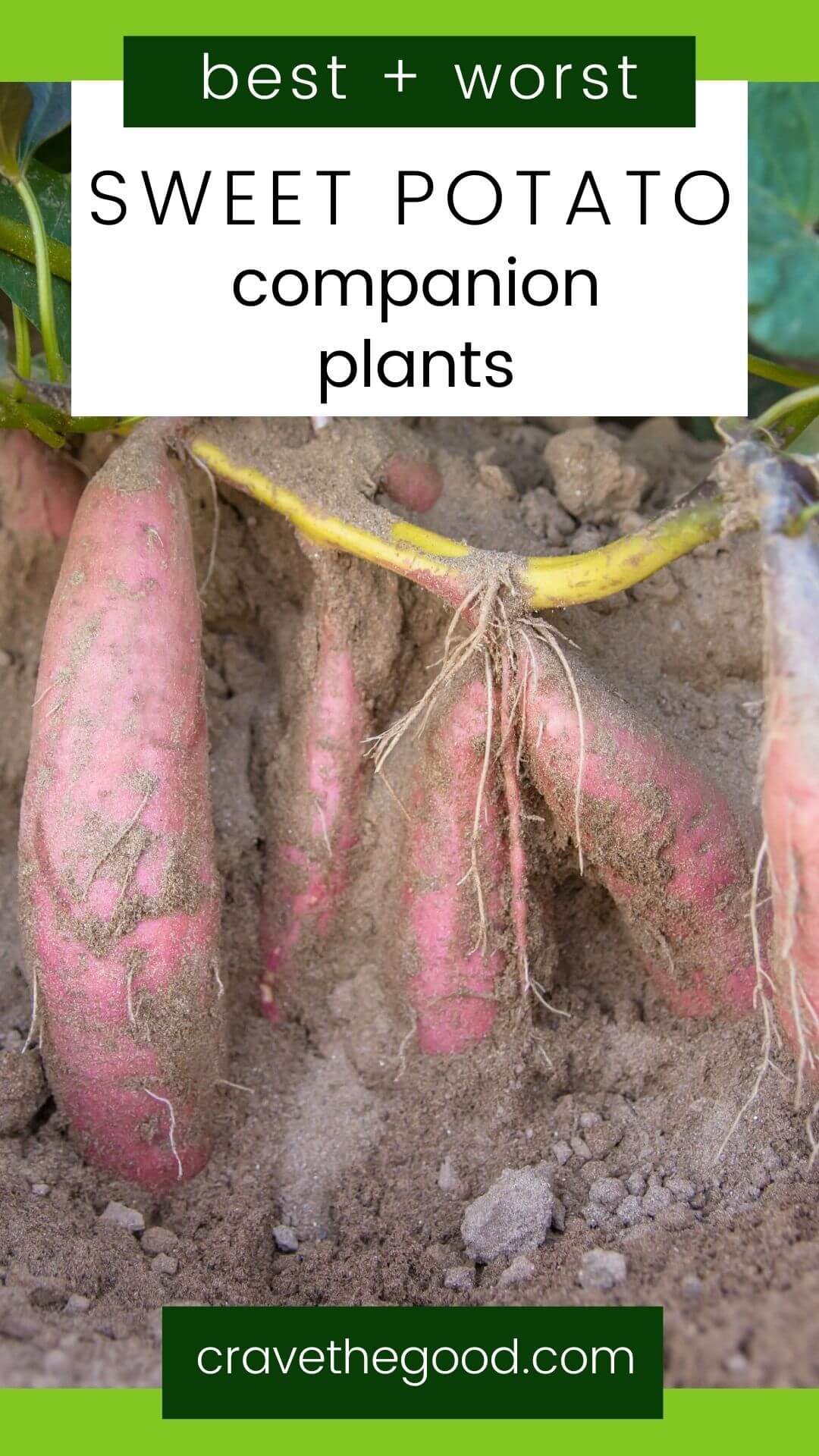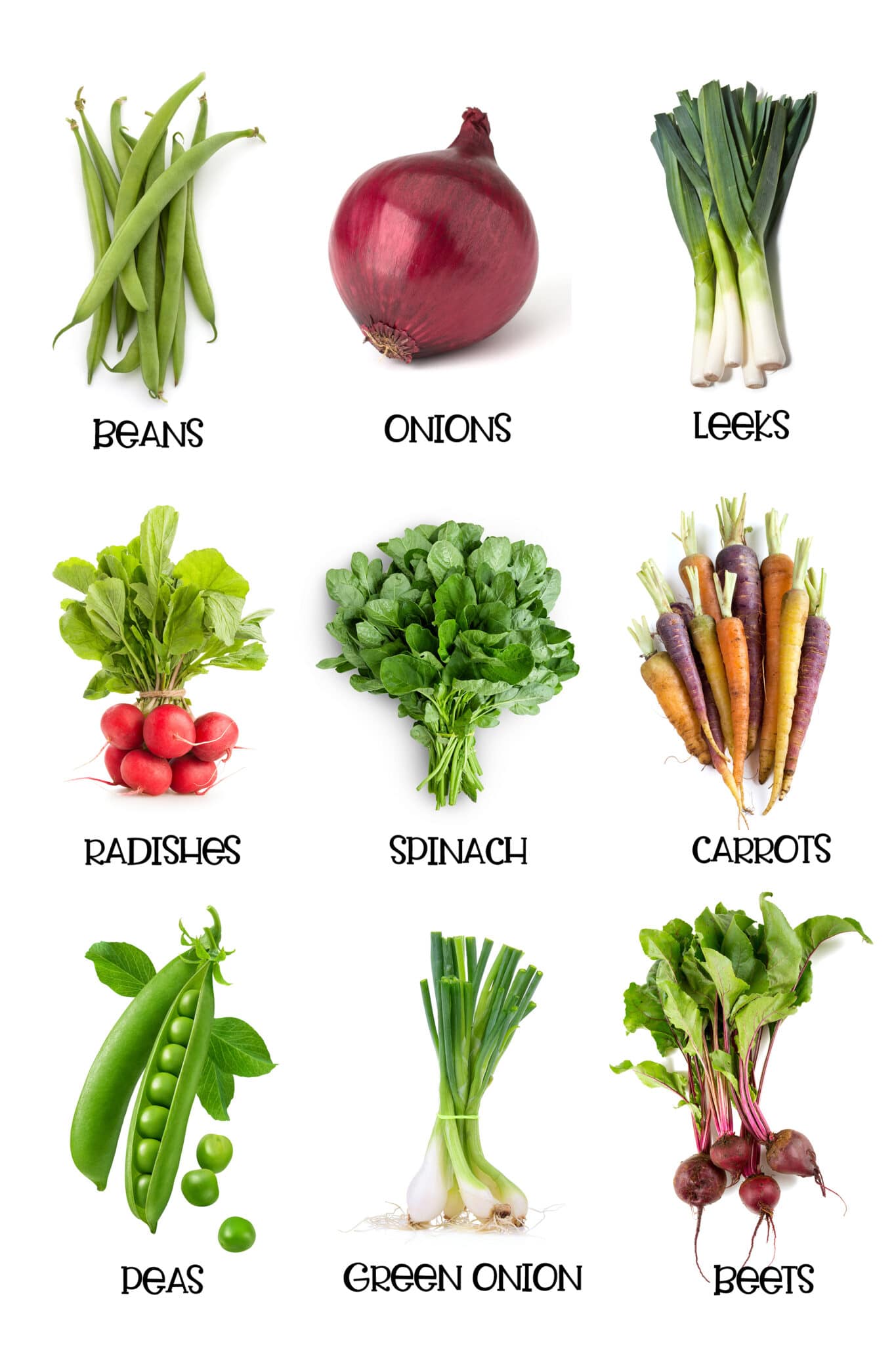The Ultimate Guide To Sweet Potato Companion Planting
The Ultimate Guide to Sweet Potato Companion Planting
Sweet potatoes are a delicious and versatile vegetable that can be grown in many different climates. They are also relatively easy to grow, making them a great option for beginner gardeners.
One of the keys to successful sweet potato gardening is companion planting. Companion planting is the practice of planting certain plants together to benefit each other. By planting the right companion plants with your sweet potatoes, you can improve their growth, yield, and pest resistance.
In this guide, we will discuss the best companion plants for sweet potatoes. We will also cover some of the plants that you should avoid planting near your sweet potatoes.
What are Companion Plants?
Companion plants are plants that benefit each other when they are planted together. They can do this in a number of ways, such as:
- Attracting beneficial insects. Some plants attract beneficial insects, such as ladybugs and lacewings, which help to control pests.
- Repelling pests. Other plants emit a scent that repels pests, such as marigolds and nasturtiums.
- Providing nutrients. Some plants, such as legumes, fix nitrogen in the soil, which can benefit other plants.
- Shading the soil. Some plants, such as leafy greens, can shade the soil, which helps to suppress weeds and retain moisture.
The Best Companion Plants for Sweet Potatoes
There are many different plants that can be grown as companion plants for sweet potatoes. Some of the best include:
- Beans: Beans are legumes, which means that they fix nitrogen in the soil. This can benefit sweet potatoes, which are heavy feeders.
- Marigolds: Marigolds emit a scent that repels pests, such as aphids, beetles, and nematodes.
- Nasturtiums: Nasturtiums also repel pests, and they can also attract beneficial insects, such as ladybugs and lacewings.
- Alyssum: Alyssum is a sweet-smelling plant that attracts beneficial insects. It can also help to suppress weeds.
- Yarrow: Yarrow is a flowering plant that attracts pollinators, such as bees and butterflies. It can also help to improve the drainage of the soil.
- Spinach: Spinach is a leafy green that can shade the soil and suppress weeds. It can also help to improve the nitrogen content of the soil.
- Garlic: Garlic has a strong scent that repels pests, such as aphids, beetles, and nematodes.
- Onions: Onions have a similar scent to garlic and can also repel pests.
Plants to Avoid Planting Near Sweet Potatoes
There are also a few plants that you should avoid planting near your sweet potatoes. These include:
- Squash: Squash and sweet potatoes are both vining plants, so they compete for space and sunlight.
- Tomatoes: Tomatoes and sweet potatoes are both susceptible to the same pests and diseases, so planting them together can increase the risk of infection.
- Sunflowers: Sunflowers are tall plants that can shade your sweet potatoes, which can stunt their growth.
Conclusion
By planting the right companion plants with your sweet potatoes, you can improve their growth, yield, and pest resistance. This will help you to have a successful sweet potato harvest year after year.
Here are some additional tips for companion planting with sweet potatoes:
- Plant your companion plants in between your rows of sweet potatoes.
- Space your companion plants about 12 inches apart.
- Water your companion plants regularly.
- Mulch around your companion plants to help suppress weeds.
With a little planning, you can easily create a successful sweet potato garden by companion planting.
Sweet potatoes are a delicious and versatile vegetable that can be grown in many different climates. But did you know that there are certain plants that can help your sweet potatoes grow even better? These are called "companion plants," and they can provide a number of benefits, such as attracting beneficial insects, deterring pests, and improving soil health.
Some of the best companion plants for sweet potatoes include:
- Beans: Beans are legumes, which means they can fix nitrogen in the soil, which is essential for sweet potato growth.
- Marigolds: Marigolds have a strong scent that repels pests such as aphids, whiteflies, and beetles.
- Nasturtiums: Nasturtiums are also known for their pest-repelling properties, and they can also attract beneficial insects such as ladybugs and hoverflies.
- Alyssum: Alyssum is a groundcover plant that helps to suppress weeds and attract beneficial insects.
- Spinach: Spinach is a nitrogen-rich plant that can help to improve soil health.
If you're interested in learning more about sweet potato companion plants, I recommend visiting Gardenia Inspiration. This website has a wealth of information on the topic, including a list of the best companion plants for sweet potatoes, as well as tips on how to plant and care for them.
FAQ of sweet potato companion plants
Q: What are the best companion plants for sweet potatoes?
A: Some of the best companion plants for sweet potatoes include:
- Beans: Beans are nitrogen-fixing plants, which means they add nitrogen to the soil. This can help to improve the growth of your sweet potatoes.
- Marigolds: Marigolds help to repel pests, such as nematodes and beetles. This can help to protect your sweet potatoes from damage.
- Nasturtiums: Nasturtiums also help to repel pests, and they can also attract beneficial insects, such as ladybugs.
- Alyssum: Alyssum is a ground cover plant that can help to suppress weeds. This can help to keep your sweet potatoes healthy and free from competition.
- Yarrow: Yarrow is a flowering plant that can help to attract pollinators. This can help to improve the pollination of your sweet potatoes, which can lead to a higher yield.
Q: What plants should I avoid planting near sweet potatoes?
A: There are a few plants that you should avoid planting near sweet potatoes, including:
- Squash: Squashes compete with sweet potatoes for space and nutrients.
- Sunflowers: Sunflowers may increase the risk of potato blight.
- Tomatoes: Planting tomatoes near sweet potatoes can increase the chances of your plants contracting harmful diseases.
Q: How do companion plants benefit sweet potatoes?
A: Companion plants can benefit sweet potatoes in a number of ways, including:
- Improving the soil quality: Some companion plants, such as beans, are nitrogen-fixing plants. This means that they add nitrogen to the soil, which can help to improve the growth of your sweet potatoes.
- Repelling pests: Some companion plants, such as marigolds and nasturtiums, help to repel pests. This can help to protect your sweet potatoes from damage.
- Attracting beneficial insects: Some companion plants, such as yarrow, attract beneficial insects. This can help to improve the pollination of your sweet potatoes, which can lead to a higher yield.
- Suppressing weeds: Some companion plants, such as alyssum, can help to suppress weeds. This can help to keep your sweet potatoes healthy and free from competition.
Q: How do I plant companion plants with sweet potatoes?
A: When planting companion plants with sweet potatoes, it is important to consider the spacing requirements of both plants. Some companion plants, such as beans, need more space than others, such as marigolds. It is also important to consider the sunlight requirements of both plants. Some companion plants, such as nasturtiums, prefer full sun, while others, such as yarrow, can tolerate partial shade.
Q: What are some other tips for companion planting with sweet potatoes?
A: Here are some other tips for companion planting with sweet potatoes:
- Plant companion plants in staggered rows. This will help to prevent the spread of pests and diseases.
- Water your plants regularly. This will help to keep the soil moist and healthy.
- Fertilize your plants regularly. This will help to promote healthy growth.
- Monitor your plants for pests and diseases. If you see any problems, take action immediately.
Image of sweet potato companion plants
- Beans: Beans are nitrogen-fixing plants, which means they can help to improve the soil quality for sweet potatoes. They also help to shade the soil, which can help to prevent weeds from growing.

- Marigolds: Marigolds are known for their insect-repelling properties, which can help to protect sweet potatoes from pests such as aphids and whiteflies. They also help to attract beneficial insects, such as ladybugs and lacewings, which can help to control pests.

- Nasturtiums: Nasturtiums are another good insect-repelling plant that can be planted near sweet potatoes. They also help to improve the soil quality by attracting earthworms.

- Alyssum: Alyssum is a flowering plant that can help to attract pollinators, such as bees and butterflies, to your sweet potato patch. Pollinators are important for the pollination of sweet potatoes, which can help to improve the yield of your crop.

- Yarrow: Yarrow is a herb that can help to repel pests and diseases from sweet potatoes. It also helps to improve the soil quality by attracting beneficial insects and earthworms.

Post a Comment for "The Ultimate Guide To Sweet Potato Companion Planting"